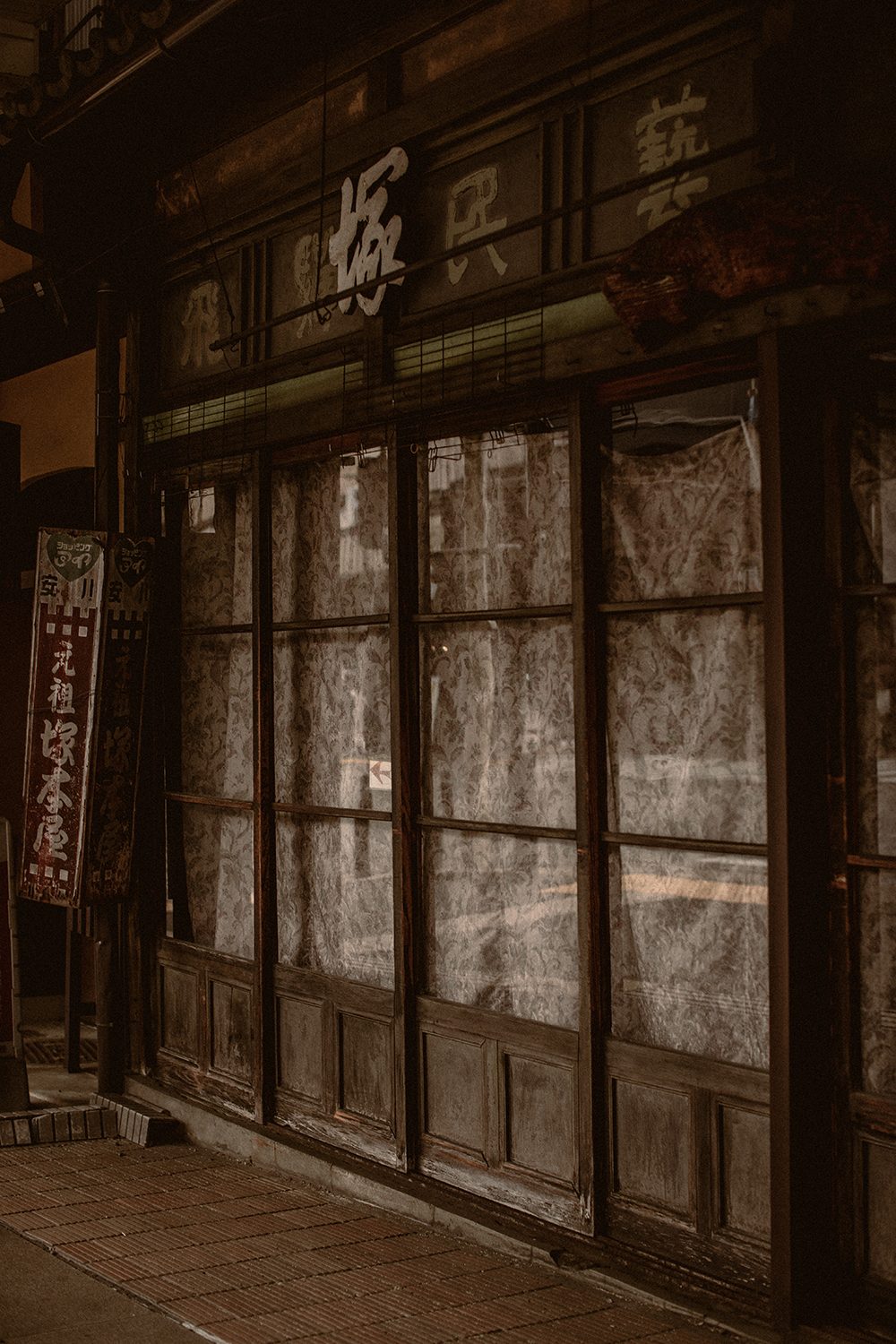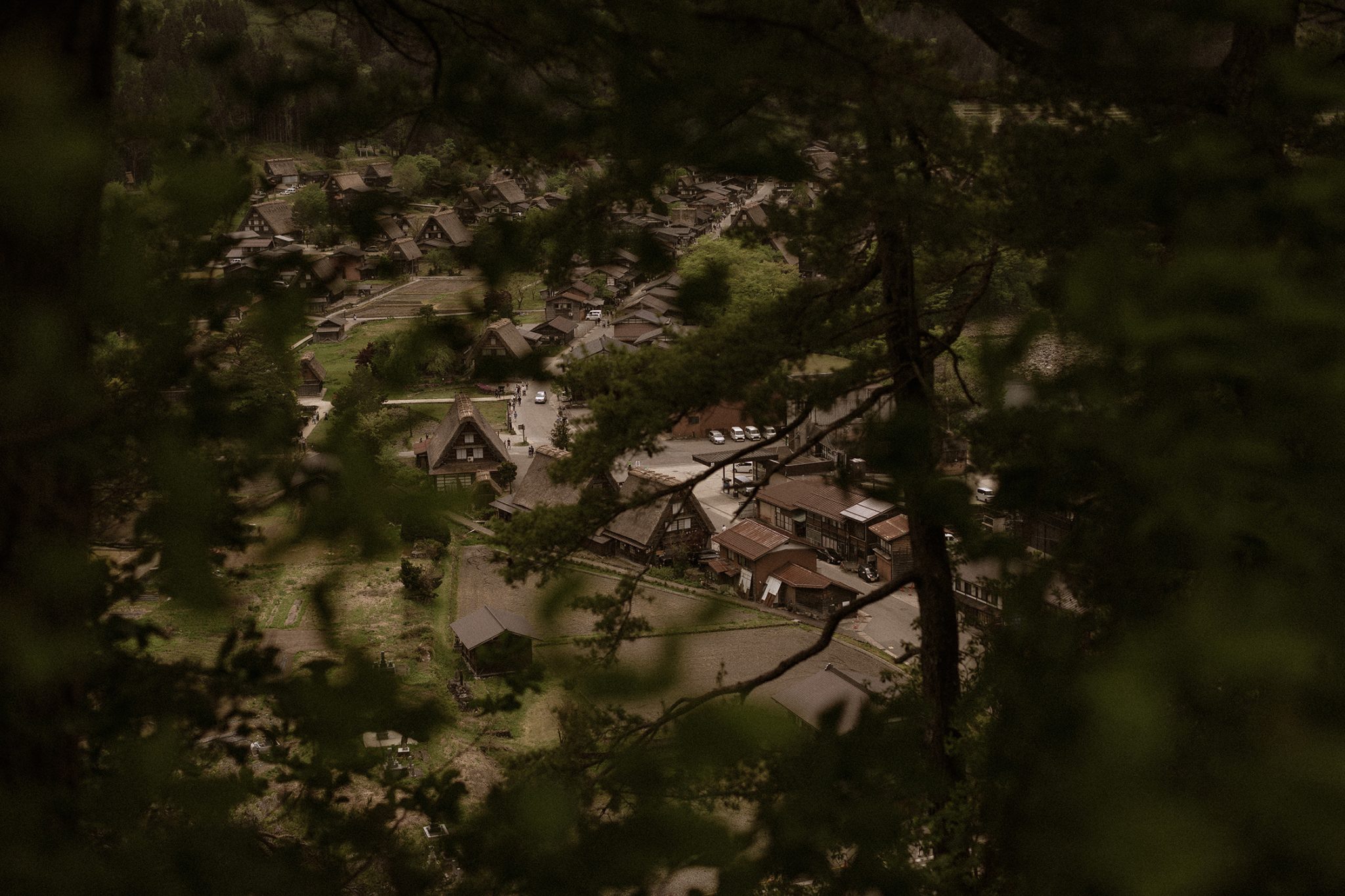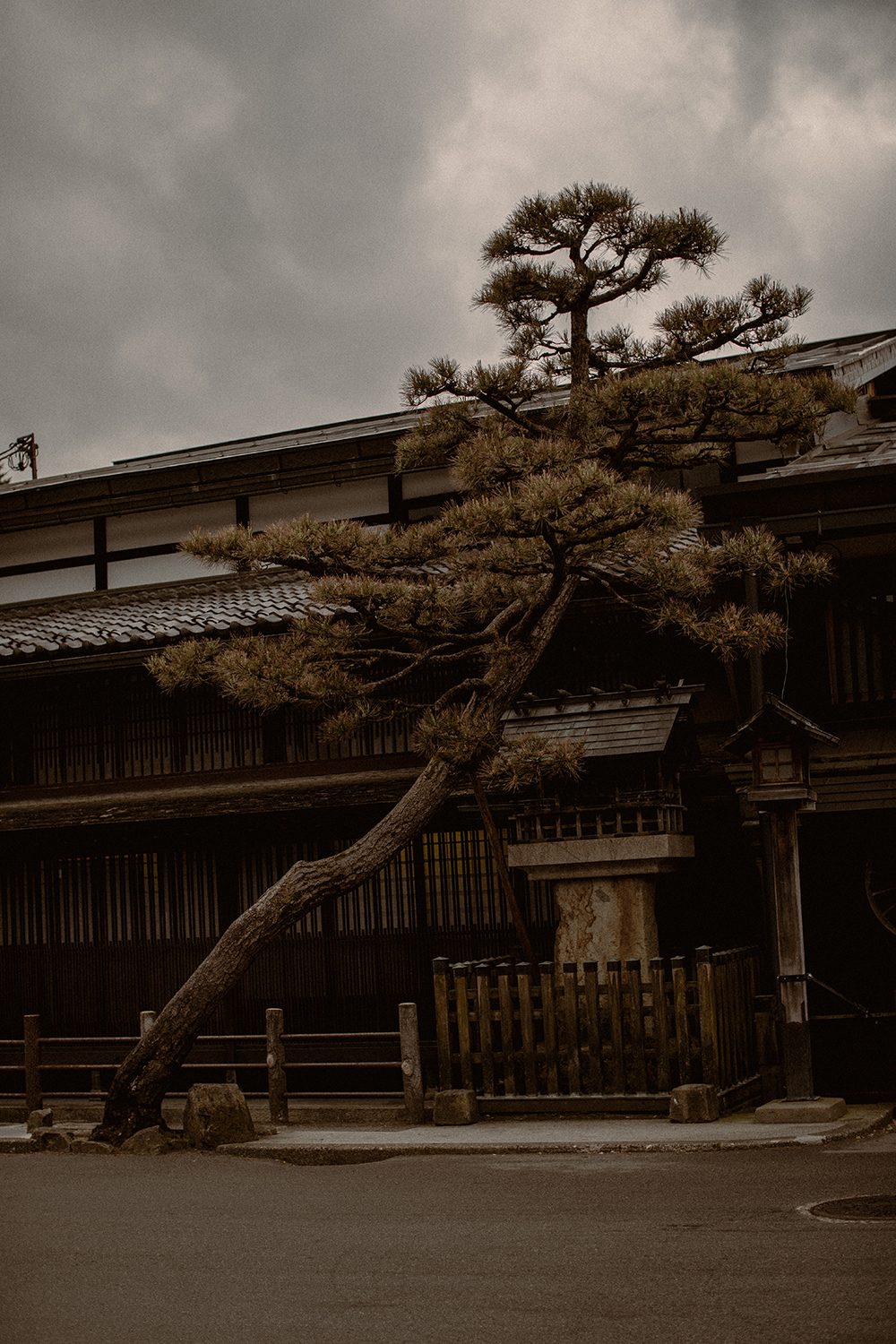
Japan by César Béjar
In search of the anachronism in the image
Architecture is one of the most universal practices that exists since it is present in every single one of our lives and, at the same time, it is as personal as it can get: our space is a representation of our culture, our story and of our personality. It is a representation of who we are, what constitutes us and where we come from. There is not a single home that is built and decorated exactly like another one, and that is the beauty of it. Architecture takes part in everyone’s life, but never in the same shape or form.
In addition, architecture has its own admirer. An admirer that helps to immortalize these intimate pieces of art: photography. Architecture doesn’t last forever, and it is constantly threatened by its owners, by the pass of time and by nature. Guests come and go, materials age, and nature follows its own course. However, photography allows one to capture a certain part of a history, whether it is collective or personal. It makes eternal what essentially isn’t.


An example of how architecture and photography complement each other is demonstrated with César’s work. This multidisciplinary creator has been able to combine his two passions, architecture and photography, which he discovered at a very young age, in a simultaneous and reciprocal way where one feeds from the other.

“Founder of his own photography and interior design studio in 2015, the architect born in Guadalajara (Mexico) has developed a career based on this dual practice.” On one side, his architectural work is a contemporary expression of the Mexican tradition that is so deeply rooted in his essence. Whereas he defines his work as an architect as simple, structured and empirical, as a photographer he is an admirer of nature and its wilderness. Though it may seem paradoxical, it is not.



As César himself describes it, nature is the frame inside which he bases his work. Whether it is designing a new home or taking photographs of a certain building, nature is a vital element, intrinsically present in all he does and what he is. In fact, César admits that being born in a village has a lot to do with his deep connection with nature. As he expresses it, everyday life in a village has a calmer and paced rhythm that allows one to observe and perceive nature at a deeper level.


César enjoys traveling around the world to capture its unique landscapes, and for his latest trip he chose two cities that are recognized as world heritage sites: Hida and Shirakawago. Even though it may seem unexpected, Japan has been on César’s bucket list since he was a student. Reminiscing, he pinpoints exactly when this admiration for Japan was awoken: “Because of a class in film and architecture that I took while studying in an exchange at the Politecnico of Madrid in 2013.” That subject, taught by Jorge Roig, introduced him to the Japanese cinema by Yazujiro Ozu and Keroeda and at that moment he became mesmerized by the domestic aesthetics of this cinema: “I had to see these houses with my own eyes.”

The houses that are the main character of his new photography project belong to a traditional Japanese style called gassho-zukuri: these unique homes are characterized by a triangular roof made of thatch and steeply pitched to support the weight of the abundant snow that falls in this area in winter. Most of them have become museums or stays, but the owners rarely live in them, and they are protected.


His admiration for this type of architecture does not hide the fact that it is very different from the usual subjects of César’s photography. This meant that he had to adapt his typical method of working. During the entire trip, César had to use a single fixed fifty millimeter lens. Even though he tends to employ various lenses, he adapted to nature and was only able to use one. However, this initial obstacle actually resulted in a more spontaneous result: the simplification that it implied made César become more familiar with the surroundings, adapting the architecture to the lens and not the lens to the architecture.



The final result is proof of how he was able to capture so much meaning with a click. The pictures taken in Hida and Shirakawago are not only architectural photographs, but they are a depiction of a rich tradition and way of life. César managed to capture the atemporality of these unique villages: every element that is part of each photograph plays a part in a holistic coherence and cohesion. And that is exactly what he intended: “when I make a record of an old temple, a residence or a traditional village, there is a search for the anachronism of the content in the image and a timelessness in its representation.”

When asked what his photographs of the most sophisticated houses and the ones of traditional houses like these have in common, he points at the human side of architecture. Whether it is a modern house or the most ancient temple, they are all related in the sense that they are based on human scale. The human side of architecture is always present in its core, so if the human does not change, consequently the space and the architecture won’t change either.


The main characters of César’s photography are as diverse as culture itself. Such a variety is possible because he does not fixate on defining his own specific photographic style. Instead, he searches for a contextual discourse behind the pictures. And on his trip to Japan, he found that this background was unavoidable. In the month that he spent getting to know Japan, he was shocked by the country as well as by its people. He discovered that in their present there will always be a reference to the past: their culture is not linear in time, and this is perhaps one of the reasons why rituals persist.

He describes it as an infinite city, coated with a layer of density that somehow seems to find its space. Functionality and overpopulation go hand in hand in the most proficient way, and he knows how: “under the law of respect and order everything can be perfectly articulated.” In fact, César emphasizes on how welcoming and respectful the people in Japan are, even in the smallest details their kindness can be perceived. And somehow, through the magic artistry of photography, César Béjar was capable of capturing all of it.



